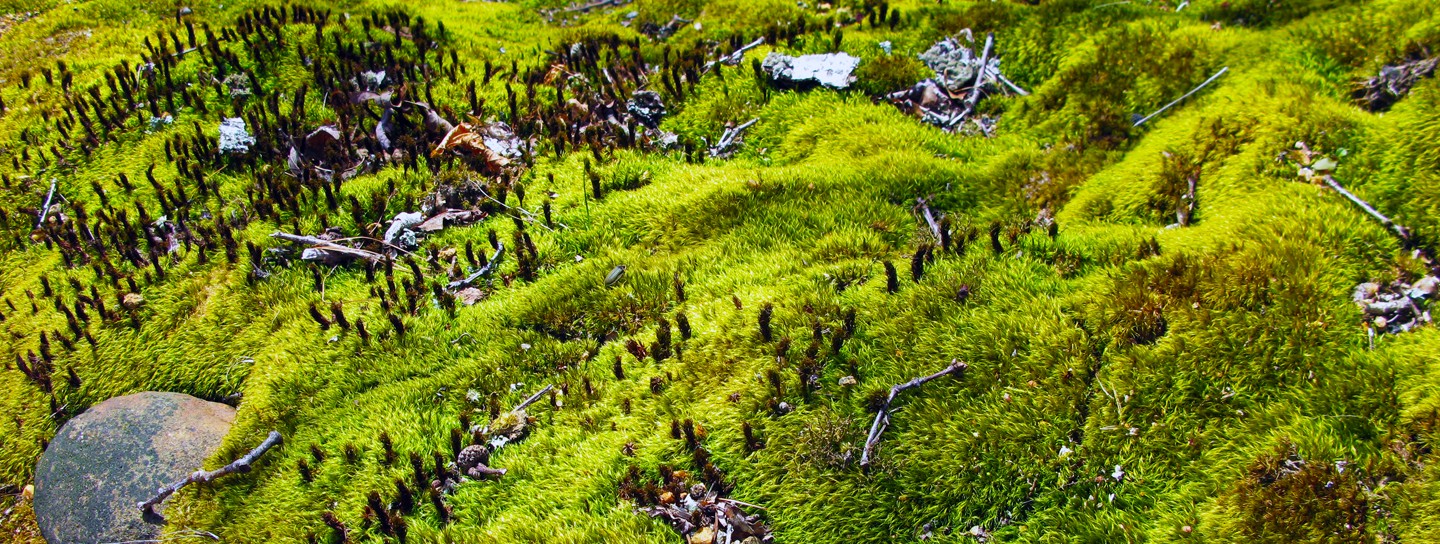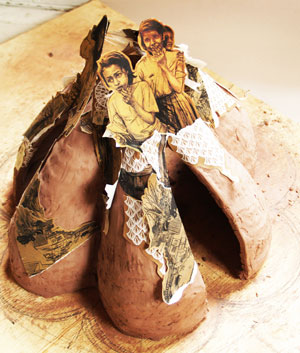(published in April 2010 + Co-written with Thaddeus Pawlowski)
Disasters teach us about how we become who we are. They reveal deep patterns in our nature. Artists are vital to the rebuilding process because they can help us recognize these patterns and the lessons embedded within them. By fostering a common vision and purpose, they can glue a city back together even more than housing and infrastructure, as they provide a psychic infrastructure.
The unremitting will to create is starkly apparent in cities after disaster. Impromptu shrines, scrawled words on walls, or even spontaneous singing show how the urge to create is never so necessary. In making together we come to know and understand each other. Empathy is a fundamental ingredient in architecture and to go beyond that and bring not just empathy, but also compassion is the realm of the artist. The artist puts on the feathers of the phoenix, her brazen embrace of the unknown ahead confronts us all with the ultimate potential: that we are free and the future will be made by us.
On May 2nd in the East River Park in Brooklyn, New York artist Swoon with a team of builders, architects, and engineers, will present a piece to the public titled Konbit Shelter. In Haitian Creole, Konbit refers to cooperative communal labor. This project is a cross-cultural expression of compassion and solidarity in the face of adversity. The shelter in Brooklyn is both a physical expression of this solidarity and an interpretive prototype for structures that the artist plans to build in Haiti later this year with collaborator Ben Wolf. Swoon’s art incorporates the animate material of the city with personal imagery, and in so doing, she re-forms a version of the city. Her work, whether indoor or outdoor, sculpture, installation, drawing, or shelter, asks us to consider what in our daily landscape is essential and enduring.
The structure for the park relies on one of the most ancient and persistent building technologies, the dome. In the simple act of stacking bricks (in this case, polypropylene bags filled with earth) atop one another in progressively narrowing circles, the builder creates a structure where each component is bound to all others in a chorus of compressive forces — all equal members all doing the same work to span an open space. The technique has roots in cultures as diverse as Inuit igloos, Algonquin wigwams, and the corbel domes of Mesopotamia, which inspired the Romans to build gravity defying structures like the Pantheon and begin the lineage of Western architectural history. In this tradition, domes became a concrete recreation of the heavens. The domes of Renaissance cathedrals were intended to put us in awe of the Almighty and the earthly vessels who could summon the capital and labor needed for these generational projects. Swoon’s dome does not celebrate the supernatural but instead everyday heroism. This dome is not adorned with gilded statues of patrons and saints, but with woodcuts drawings of women that the artist made while in traveling in Egypt, India, and the United States.
Swoon has mined history for the material of recovery before. After Hurricane Katrina, she and her collaborators of the Miss Rockaway Armada sailed down the Mississippi in barges made out of junk, a modern retelling of the great American adventure story. The Mississippi of Tom Sawyer and Huckleberry Finn has been a place of escape and irresponsibility in the American imagination. But for Swoon and company, going down the river in Post-Katrina America means doing more with less in a new era of personal globalism.
Every catastrophe holds a creation myth. The process of rebuilding restores our strength and reaffirms our principals. After a disaster we need to restore shelter and infrastructure, but we also need artists like Swoon to bring sense out of the suffering. Artists tell the tale of our survival and in telling the tale, they rebuild our resilience.
The Konbit Shelter is a special addition to the inaugural Williamsburg Waterfront Sculpture Exhibition organized by Urban Art Projects. The project invited Brooklyn artists and writers Phong Bui, Boaz Vaadia, and Debora Gilbert to select eight local sculptors to exhibit against the spectacular skyline of Manhattan in East River State Park. The selected artists, Kathy Bruce, Ursula Clarke, Rob de Oude, Sarah Fonzi, Yasmin Gur, Nathan Slate Joseph, Howard Kalish, and Wu Ming + Littlefish Farms, will produce a diverse group of sculpture that can be seen in the park during the month of May 2010. For more information, visit www.uaprojects.org/current-projects.

